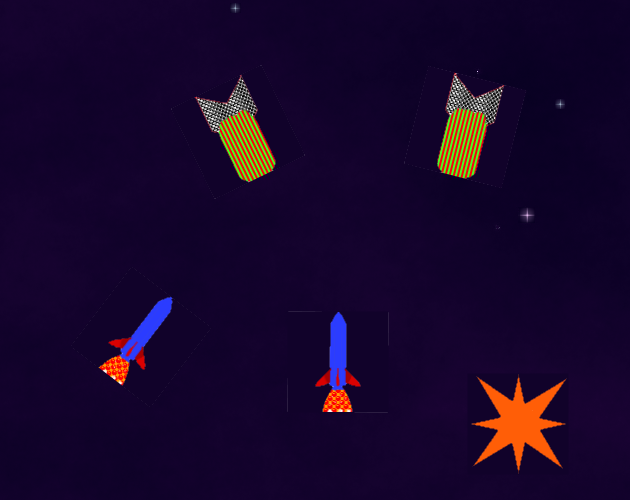


Ensemble members are produced by perturbing observations, the model physics and boundary conditions. Finally, in recognition of mesoscale predictability limits, fine-scale ensemble analyses and forecasts may be produced with the GMOD system. This system is known as the NCAR/ATEC Global Meteorology on Demand (GMOD) system. Recently, in cope with the need to quickly deploy the system globally, a convenient but effective Graphic User Interface (GUI) was build for users to start the system at any global location with only a few button-clicks, and view the model output in just a few minutes with graphic media such as a computer terminal or a PDA handhandle. And the model land-surface and PBL physics schemes were modified to more accurately simulate the PBL processes and urban effects. A unique data quality control procedure has also been developed. New types of observations are collected and incorporated. For example, the nudging weight functions are refined according to weather structures and terrain features. Since the release of the first operation system at the Dugway Proving Ground in 2000, a lot of work has been continuously carried out to improve the system performance and usability. The system has also been used/tested for real-time fire weather, urban dispersion and airport operations.

Among these systems, five are now operating at five Army test ranges and another one is running to support a Pentagon safety project. In many cases, short-term forecasts are also produced, initialized from these analyses at a selected cycling interval of 1 - 12 hours based on application needs and availability of computer capacity.Īs of May 1, 2004, fourteen RTFDDA systems have been built to support a variety of DoD missions within and outside the United States for durations from a few days to a few years. When the system is set up for a specific region, it runs continuously to produce four-dimensional dynamically and physically consistent analyses, which effectively removes the dynamic and diabatic "spin-up" problem. Each observation is incorporated with proper temporal and spatial weighting functions and the model spreads the observation information to other regions according to the model dynamics. In data-void regions, the model generates analyses in response to the model physics and fine-scale external forcing, whereas the model is adjusted toward observations where data exists.
#GMOD MISSILE COMMANDER FULL#
This allows for a full use of conventional and non-conventional observations, such as the range measurements that are taken at irregular asynoptic times.

With the "observation- nudging" method, observations are ingested into the model during the model integration, at the observed time and location. The PSU/NCAR MM5 Version 3 and a continuous Newtonian relaxation approach, termed "observation-nudging", are employed. The RTFDDA is a multi-scale and rapidly cycling regional weather analysis and forecast system that combines the advantages of a full-physics mesoscale model and all available observations. To address the problem, NCAR/RAP, in collaboration with the US Army ATEC (Army Test and Evaluation Command), has been developing a real-time four-dimensional data assimilation and forecast system (RTFDDA) since late 1999. However, such fine-scale information is needed to support accurate nowcasting and short-term (0 - 12h) weather prediction in areas with complex terrain and other underlying heterogeneities. Although some ranges and airports have set up local observation networks of varying sizes, with instruments such as surface mesonets, weather towers, boundary-wind profilers, RASS, SODAR and additional radiosonde releases, the observations available are still too sparse to describe the complicated local circulations and thermodynamic structures of the atmosphere. Air-traffic management at airports, weapon tests at the US Army test ranges, and missile launch launch facilities are some examples of such a need. Many applications need accurate, current and near-future, regional- and local-scale weather information.


 0 kommentar(er)
0 kommentar(er)
